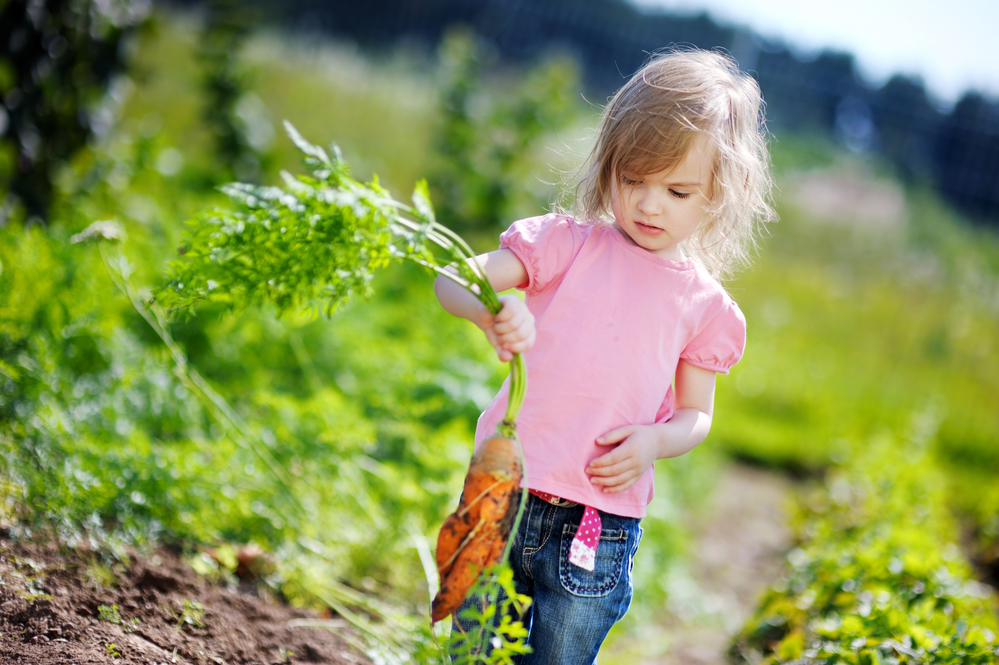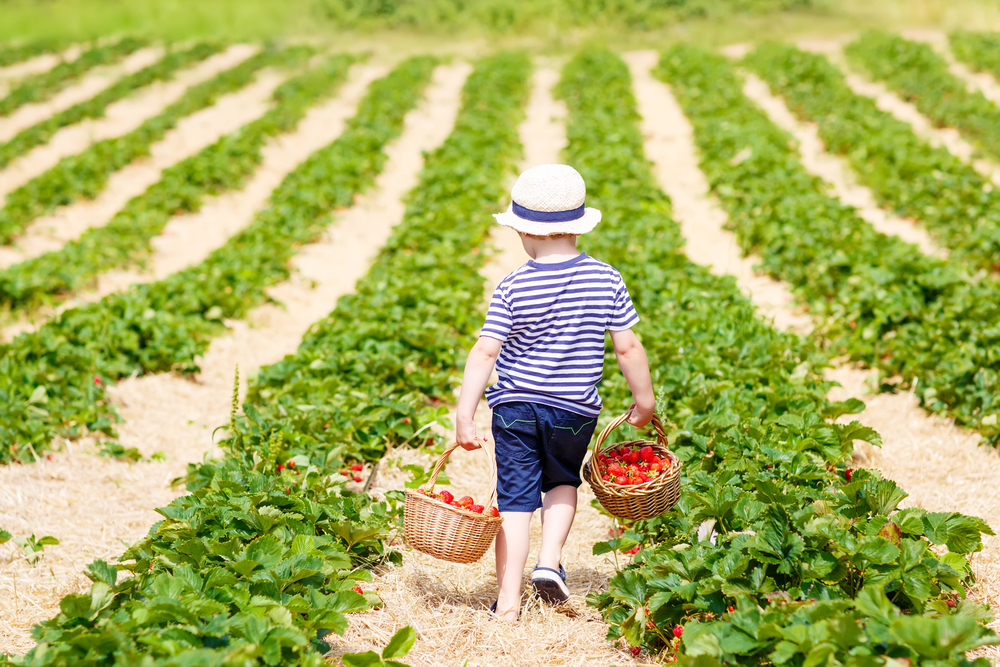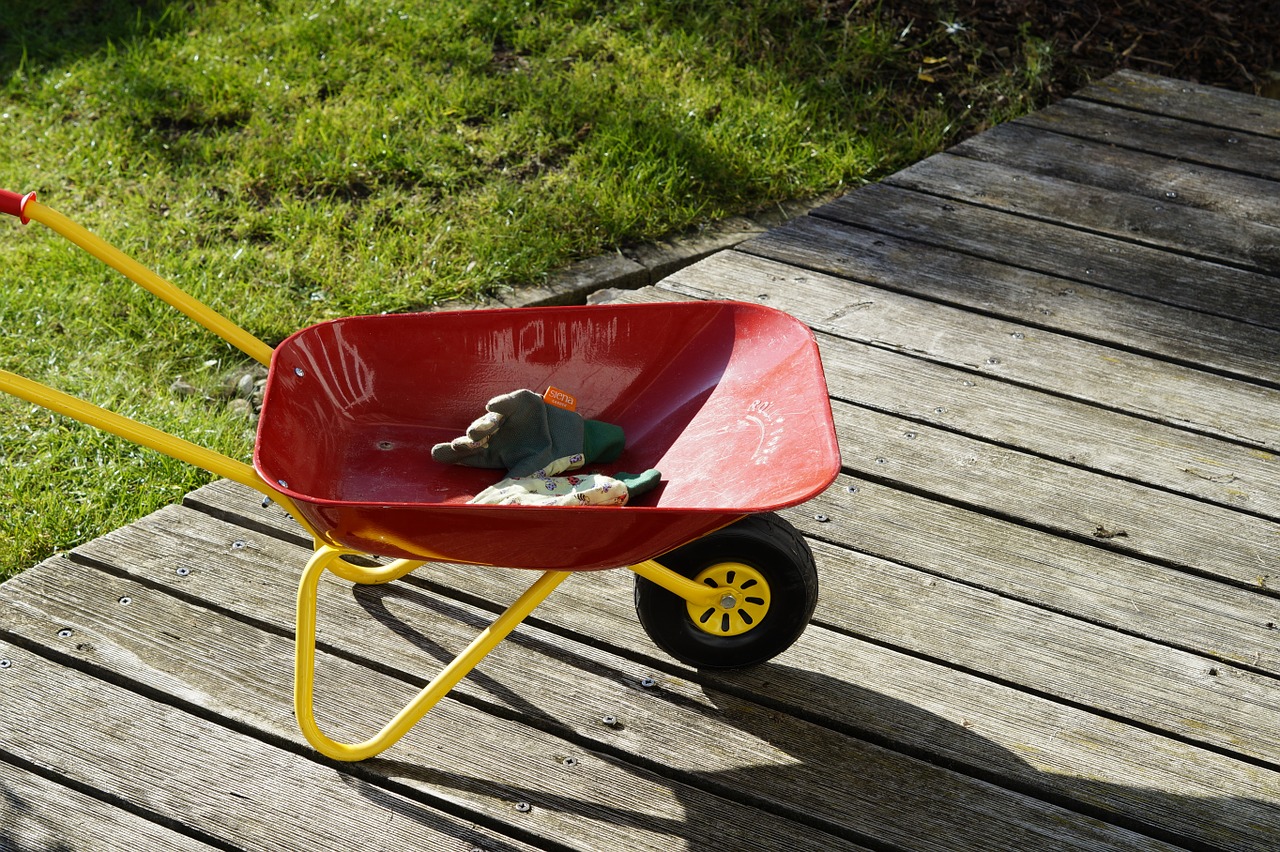With so many children now preferring to spend their time indoors with technology, finding opportunities to get them outside can seem like a challenge. But you don’t need to plan an expensive day out in order to coax your kids out for fresh air. A trip out in the garden can be more than enough, and it’s easy to turn it into an educational time too.
For early-years stages
Playing in the garden is a really good way to help young children to develop their early-years skills. Messy play is a great way to improve sensory and cognitive development, whilst having fun. There is an abundance of research behind the advantages of messy play and how this unstructured form of activity can really help your child develop. This can be done in the garden with sand, water or even mud! It’s all about breaking down the usual rules that your child might face, such as being restricted to a play mat or not being too disruptive with toys. Encourage your child to draw shapes with different (child-friendly) tools and their fingers in various materials — this can help children to build up their finger and arm muscles, which is useful for when they come to hold a pen.
There are plenty of new discoveries and textures that a child can encounter out in the garden. They become used to handling solid objects, such as toys, and these are easy for children to learn because they don’t change shape. For example, letting your child come into contact with mud, a softer material, lets children broaden their knowledge and allows them to compare and understand new textures.

Overall learning
On a nice evening, homework out in the garden can be very enjoyable! Your child might have spent all day behind a desk at school doing their work and it’s nice to have a break from this when they come home. Make it easy for your child to work outdoors by purchasing a gazebo or having a table and chairs outdoors where homework can be done. 85% of teachers reported that they saw a positive impact on their pupils’ behaviour when they were taught outside. In addition to this, 92% of pupils said that they preferred their lessons to be outdoors. In a study between pupils who learnt indoors and those who learnt outdoors, those who were outside were found to have a better understanding of their responsibility to care for the environment.
Learn about healthy eating
Studies show that children who grow their own vegetables are more likely to eat fresh fruit and vegetables. This can be a great way to improve their diet and get them outdoors. Easy fruit and vegetables to grow in grow bags include: strawberries, cabbage, radishes and potatoes. You can decide on the size of your patch and watch as your child runs outside to see what has grown that week.

Jobs for your kids
Children enjoy being given responsibility and little tasks. Give them some tasks to do daily, or even weekly, and it’s likely that they’ll start to look forward to spending time in the garden. One simple task to get children outdoors could be to grow a sunflower. Each day your child can head outdoors to see how their plant is growing and practise some maths skills through measuring. This can be exciting for a child, as often the sunflower will grow taller than them!
If you are mowing the lawn or potting plants, why not get your child involved with keeping the garden tidy. Let them trim the edges of your garden, water the plants or do some de-weeding — it’s a nice way to spend time together, too.

